On May 23, 2025, Northern Clinical Simulation (NCS) was proud to support one of the largest live emergency response training exercises ever conducted in Northern BC. The full-scale simulation unfolded across two key sites: the Smithers Regional Airport and the Bulkley Valley District Hospital (BVDH), engaging more than 200 participants in a high-intensity Code Orange (mass casualty) scenario.
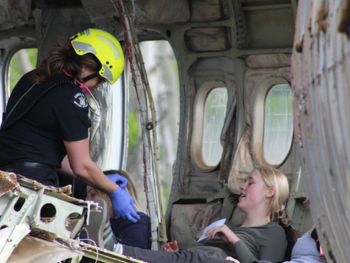
The multidisciplinary exercise brought together an impressive coalition of responders, including Smithers Fire Department, RCMP, BC Ambulance Services, Canadian Rangers, search and rescue teams, and emergency operations representatives from Telkwa, Witset, Houston, and the staff from BVDH joined forces with first responders to coordinate a realistic and challenging mass casualty incident, designed to enhance regional preparedness and inter-agency collaboration.
The crisis event simulated a commercial aircraft crash involving a hazardous fuel spill and many victims in need of triage and extrication (removal from the wreckage). NCS played a vital creative and clinical role in the event by transforming 20 high school student volunteers into lifelike crash victims using special effects makeup, realistic moulage (mock injuries for the purpose of emergency training), and simulated trauma—ranging from severe lacerations to amputated limbs. These mock patients were strategically placed inside the wreckage, ready for discovery by first responders.
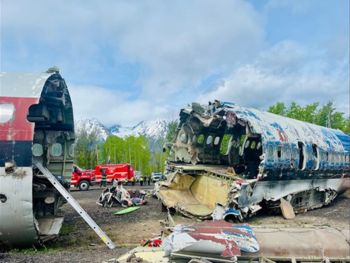
As the event progressed, the exercise tested each point of care along the emergency care continuum. BC Ambulance personnel mobilized their mass casualty protocols and began transporting victims to the hospital, where BVDH formally activated its Code Orange status. Inside, emergency teams triaged patients based on injury severity and distributed them to one of three designated care zones. NCS continued its involvement by supporting extreme trauma cases using high-fidelity mannequins (advanced medical training simulators that replicate human physiology and responses) and simulation-based scenarios, working closely alongside hospital physicians and nurses to manage critical interventions.
The simulation was not only a test of technical readiness and operational coordination—it was also a platform for relationship-building, recruitment, and public engagement. By uniting emergency departments, community responders, and health care organizations in a shared, high-stakes environment, the event emphasized the importance of readiness, collaboration, and mutual trust in protecting Northern communities during complex emergencies.
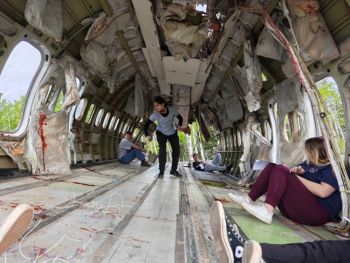
Ultimately, this exercise strengthened cross-sector partnerships, demonstrated the power of simulation in real-world training, and showcased the talent and dedication of local emergency teams. It also served as a dynamic opportunity to promote careers in health care, emergency services, and public safety; fields that are essential to the well-being of every community across British Columbia.

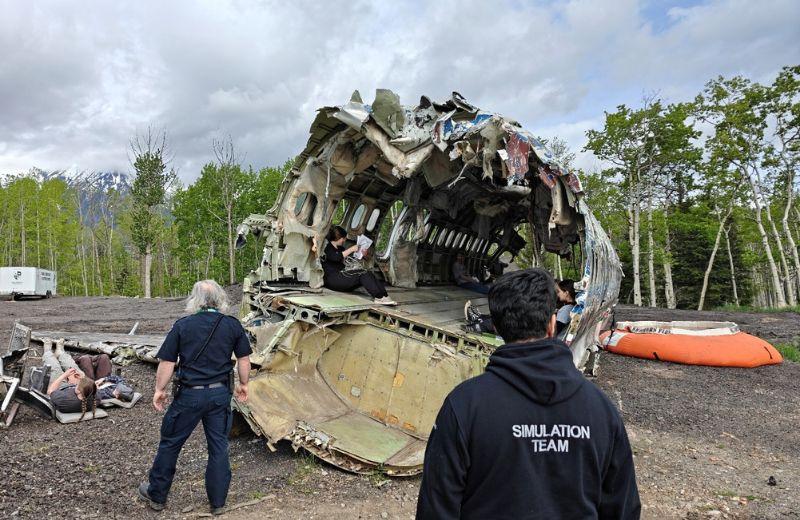

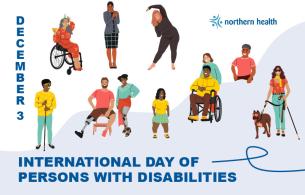
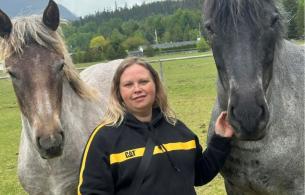


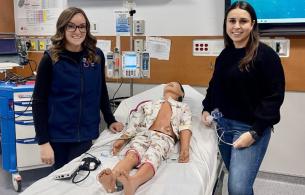


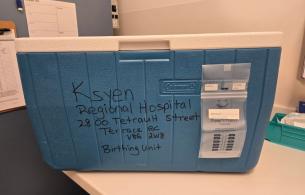



Comments